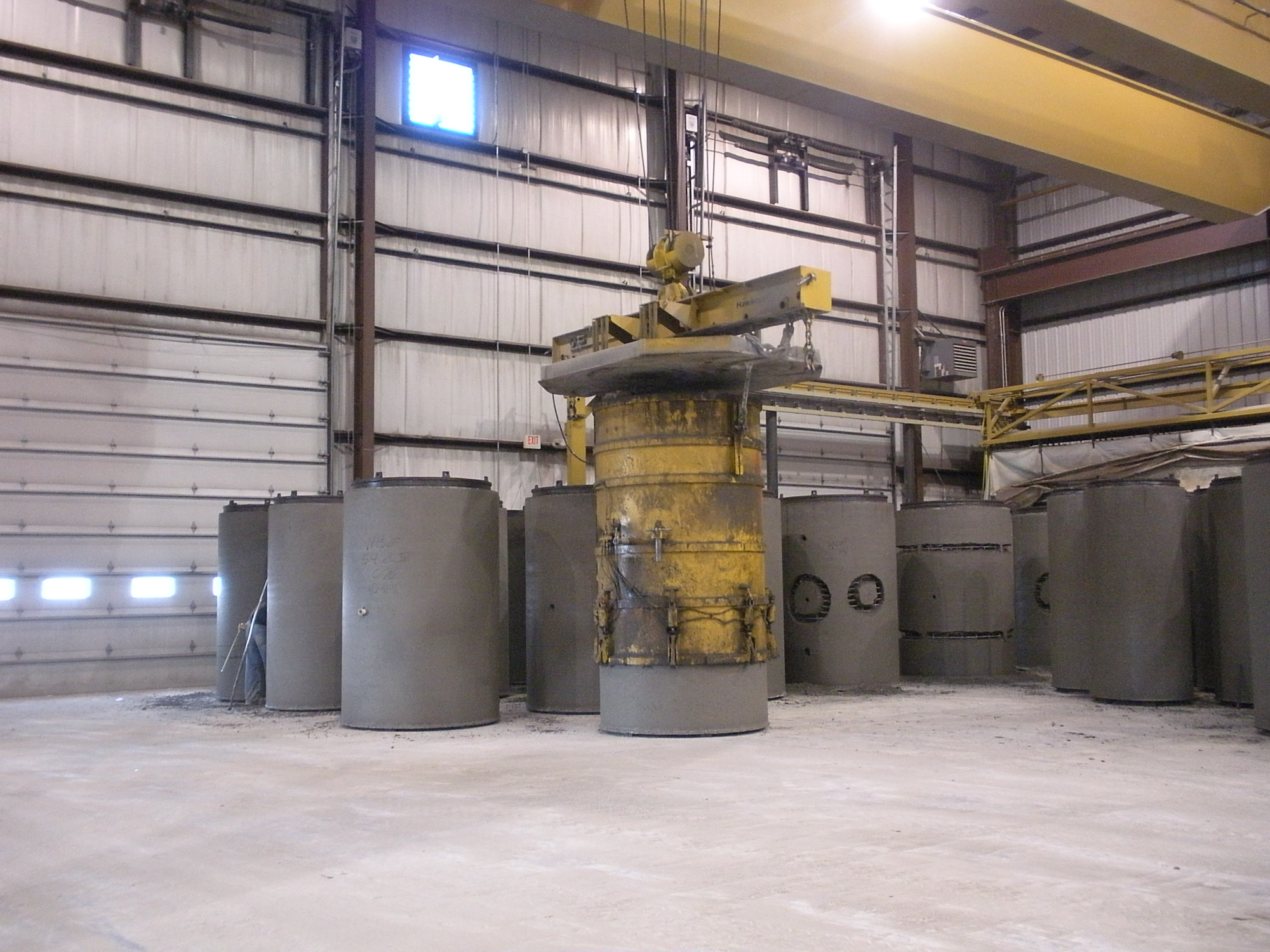 Today another question came up in our ongoing discussions about copyright and government. So I thought I'd post the scenario and question and see how others viewed this. It seems that many counties, at least in Illinois, arrange for the production of aerials and the creation of data such as parcel information, roadway and water features, and other infrastructure. They then allow other governmental agencies to use this information. Often this permission is granted through agreements. Sometimes it is offered for free and sometimes at an annual cost.
Today another question came up in our ongoing discussions about copyright and government. So I thought I'd post the scenario and question and see how others viewed this. It seems that many counties, at least in Illinois, arrange for the production of aerials and the creation of data such as parcel information, roadway and water features, and other infrastructure. They then allow other governmental agencies to use this information. Often this permission is granted through agreements. Sometimes it is offered for free and sometimes at an annual cost.
While much of this information is used by other governmental agencies like cities on a daily basis as the foundation for their GIS, occasionally a city might share this information with an outside consultant for the purpose of having exhibits or reports prepared. This is allowed through their agreement with the county because the use is for the purposes allowed in the agreement. However, if the governmental agency chooses not to include an ownership clause allowing them to retain all rights to the work created by the consultant, the company preparing the exhibits or reports will often attach a lengthy copyright and license document indicating the exhibit or report is covered under a copyright claimed by them. So the governmental agency cannot use the exhibit or report in any way that lies outside the uses specified under the consultant's copyright.
The question is, does the consultant have the right to copyright work they created using copyrighted material that they themselves had been granted no direct agreement or permission to use from the original owner of the work? Another but similar question is what if the city had paid a consultant to create an exhibit and included in the agreement a statement that allowed them to take ownership of the copyright upon final payment. So now the city owns the copyright to that exhibit. Let's say for some reason, the city wants to use that exhibit as a foundation for another exhibit, and they hire another consultant to create it. They do not release their original copyright, but do allow the consultant to use the exhibit to create a new one for them. However in this case they do not include any language retaining ownership of the final product. Does the consultant have the legal right to copyright the new exhibit when they have not been given permission to do anything other than modify the original work for their client? If I am the consultant, is all that I own in the map above the work below?
I don't think too many people have addressed these two questions because it has really only become an issue with the increased use of digital tools. And I believe most people, myself included, had thought all government documents are in the public domain. However, we cannot assume this – by law, only federal documents are in the public domain. States and cities do have the right to copyright their work unless they have passed laws that state otherwise. And we all know you don't have to indicate a copyright – in the U.S. it is automatically created when you create a work. I'd be very interested in hearing any opinions, policies, or how governmental agencies and consultants are handling this issue.
(Note: the actual underlying map used in the example above is in the public domain, but the questions should be considered as if it was copyrighted and given to me to be used to create an exhibit for a proposed well location.)


